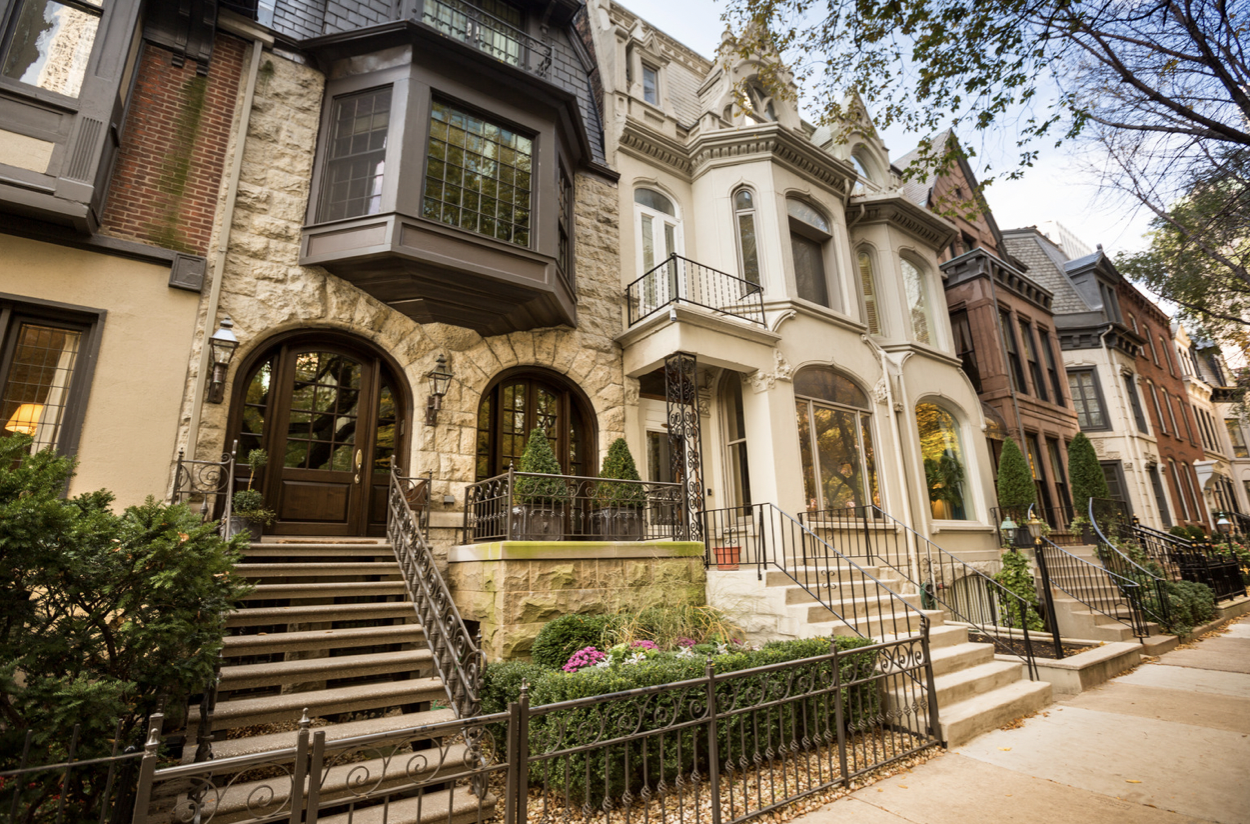Millions of dollars of investment are pouring into downtown Dayton and talk of a downtown “renaissance” has been a recurring theme in local news. Dayton has an incredible legacy to live up to and countless stories to tell. Appropriately, historic properties are at the center of this wave of interest and development in the city’s urban core. As the economic engine downtown roars to life, historic properties and preservation will be key to extending prosperity into Dayton’s neighborhoods and the community at large.
For decades, Preservation Dayton, Inc. has worked to protect Dayton’s history. Starting as the Dayton Area Coalition of Historic Neighborhoods, PDI organizes residents of Dayton’s historic districts and other community members to maintain and develop historic area properties. According to Kegan Sickels, a trustee in the organization, historic tax credits has been a motivator for developers to invest in most of the recent building projects downtown.
Historic properties have been a driver of economic growth in Dayton’s neighborhoods. According to research conducted as part of a Landmark Preservation Task Force Report, the total value of property in Dayton’s historic districts increased 71% from 1996 to 2012, compared to a 22% increase in the value of properties in the rest of the city. Historic district status is a benefit to historic neighborhoods. Dayton View Triangle is seeking nomination to the National Register of Historic Places as a historic district, and other districts in the city plan to seek that designation as well.
Buying a historic property and renovating it is one-way students and community members can benefit from and support Dayton’s legacy. In addition to the economic and historic upsides, it can also contribute to the good health of our environment.
“The greenest building you can find is one that’s already been built,” says the president of Preservation Dayton, Monica Snow. “Renovated buildings contribute more to the tax base, which funds our schools. Renovation, on a square footage basis, leads to more good-paying jobs than new construction. The Brookings Institute estimates that we demolish and replace a billion square feet of existing buildings per year. Think about how much energy and carbon emissions we can save.”
To prevent the demolition of historically significant and vulnerable properties, PDI maintains a list of the Top Ten Most Endangered Properties in the city. One of the most vulnerable properties, the Gem City Ice Cream Building, sits on the site of the Wright Brothers’ first bicycle shop which produced some of the first manufactured ice creams in Ohio. It has been considered for demolition and its future is uncertain, though developers have submitted proposals to develop it.
People can learn more about Preservation Dayton, Inc. and its work on its website. They offer self-paced recorded walking tours for most historic districts in the city.
Carlos Jillson
Reporter

